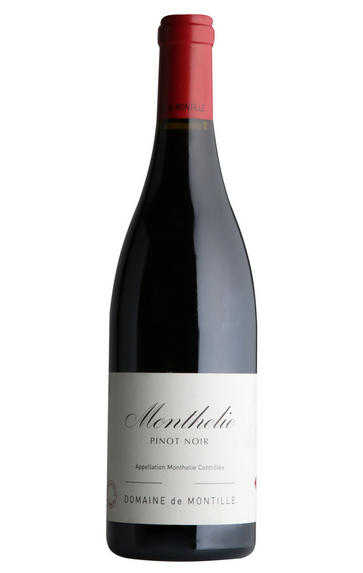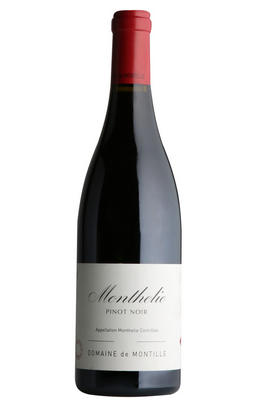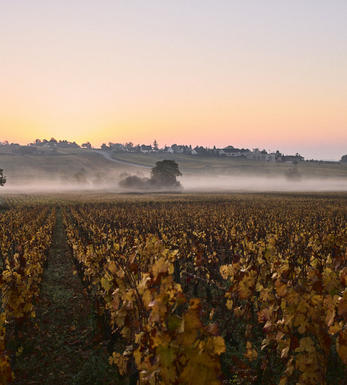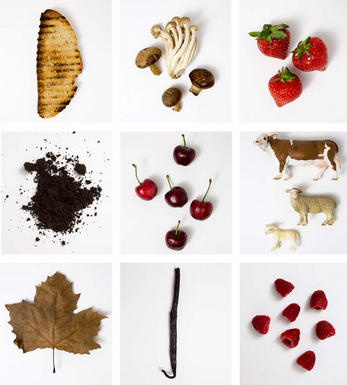
2019 Monthélie Rouge, Domaine de Montille, Burgundy

About this WINE

Domaine de Montille
The De Montille family has long been a venerable one in Burgundy, though Domaine de Montille’s reputation was properly established in 1947: prominent Dijon lawyer Hubert de Montille inherited 2.5 hectares in Volnay, later adding further parcels in Volnay, Pommard and Puligny. Hubert’s style was famously austere: low alcohol, high tannin and sublime in maturity.
His son, Etienne, joined him from ’83 to ’89 before becoming the senior winemaker, taking sole charge from ’95. Etienne also managed Château de Puligny-Montrachet from ’01; he bought it, with investors, in ’12.
The two estates were separate until ’17, when the government decreed that any wine estate bearing an appellation name could no longer offer wine from outside that appellation.
The solution was to absorb the château estate into De Montille – the amalgamated portfolio is now one of the finest in the Côte d’Or.
Etienne converted the estate to organics in ‘95, and to biodynamics in 2005, making the house style more generous and open, focusing on the use of whole bunches for the reds.

Monthélie
A small village nestling in a valley behind Meursault and Volnay, Monthelie produces mostly red wines, mini-Volnays with appealing fruit but sometimes a rustic edge, and a small amount of white wine. The best wines come from the steep slopes above the village, such as Les Duresses.
- 109 hectares of village Monthelie.
- 31 hectares of premier cru vineyards (11 in all). Best vineyard is Les Duresses.
- Recommended Producer: Lafon

Pinot Noir
Pinot Noir is probably the most frustrating, and at times infuriating, wine grape in the world. However when it is successful, it can produce some of the most sublime wines known to man. This thin-skinned grape which grows in small, tight bunches performs well on well-drained, deepish limestone based subsoils as are found on Burgundy's Côte d'Or.
Pinot Noir is more susceptible than other varieties to over cropping - concentration and varietal character disappear rapidly if yields are excessive and yields as little as 25hl/ha are the norm for some climats of the Côte d`Or.
Because of the thinness of the skins, Pinot Noir wines are lighter in colour, body and tannins. However the best wines have grip, complexity and an intensity of fruit seldom found in wine from other grapes. Young Pinot Noir can smell almost sweet, redolent with freshly crushed raspberries, cherries and redcurrants. When mature, the best wines develop a sensuous, silky mouth feel with the fruit flavours deepening and gamey "sous-bois" nuances emerging.
The best examples are still found in Burgundy, although Pinot Noir`s key role in Champagne should not be forgotten. It is grown throughout the world with notable success in the Carneros and Russian River Valley districts of California, and the Martinborough and Central Otago regions of New Zealand.


Buying options
Add to wishlist
Description
This is made with as little SO2 as possible, with none used during vinification and the bare minimum during malolactic fermentation. The result is a wine that always seems to present with more open and aromatic components. There are two-thirds whole bunches this year, and the Monthélie terroir gives some chalky tannins. It’s to be enjoyed young. Drink 2021-2024.
wine at a glance
Delivery and quality guarantee